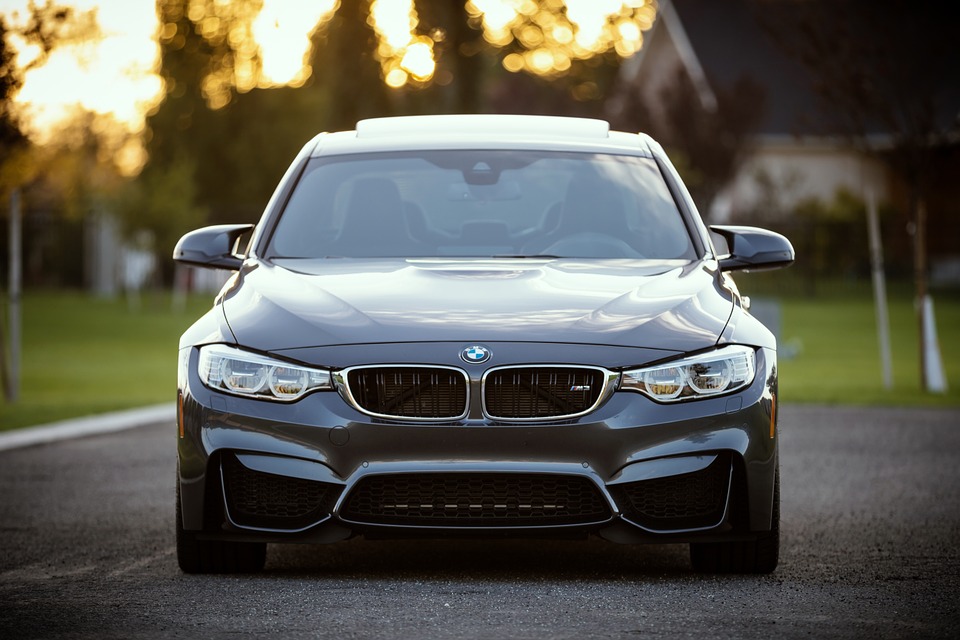Some years ago the only car safety features available were some airbags, anti-lock brakes, traction control and 3-point seatbelts. Nowadays, things are much different. We are actually faced with numerous car safety features that those interested in buying a vehicle should be aware of.

While there are different car safety features that could be highlighted, according to an experienced Los Angeles motorcycle accident attorney, some are way better than others. This is exactly what we will focus on in the following paragraphs. If you want to buy a new car, here are some features you may want to see.
ACC – Adaptive Cruise Control
This is included in most modern cars. It is practically a system that is utilizing radar and sensors, usually mounted inside the car grille. The idea is to lock onto car ahead so that a proper, safe distance is maintained. This happens by automatic application of throttle as more acceleration is needed and braking if the traffic is slowing down. Adaptive cruise control is very valuable on a long highway drive or when heavy traffic congestion appears. Potential collisions are sensed and extra security systems are activated, like seatbelts being tightened or brakes heavily applying.
AEB – Automatic Emergency Braking
AEB is constantly gaining popularity among new car buyers because the system can sense potential collisions and in the event that the driver does not properly react, in time, brakes are going to be automatically applied. According to statistics released by the IIHS, vehicles that have AEB are less likely to be involved in rear-end collisions by 50 percent. Basically, brakes are applied before the buyer even hits the brake pedal.
Lane Departure Warning
Different systems exist that keep the vehicle running on the same lane but they all do the same thing. A lane departure sound is going to appear if the car is leaving lane. Alternatively, seats can be buzzed or steering wheels can vibrate. If you see that a car has the Lane Keep feature, it practically means that the car is going to gently steer back into the lane in the event that the driver is drifting out. You can switch this system off in the event that lines are not properly detected or road lines are too faint.
Blind Spot Detection
During driver education classes you are told that you have to look over the shoulder and you incessantly use the mirror in order to see cars behind you and what is present in the blind spot. The addition of blind spot detection basically picks up on what the driver missed. You are warned if there is a vehicle that is coming from the back through lights shining in door mirrors.
Rear-View Camera
There are two purposes for having rear-view cameras installed: the driver sees exactly what is behind and there is a protection for animals and children so they are not run over or accidentally hit. The rear-view cameras normally use wider-angle lenses that offer a view of up to 180 degrees. The system is also great for easy parking, of course.
